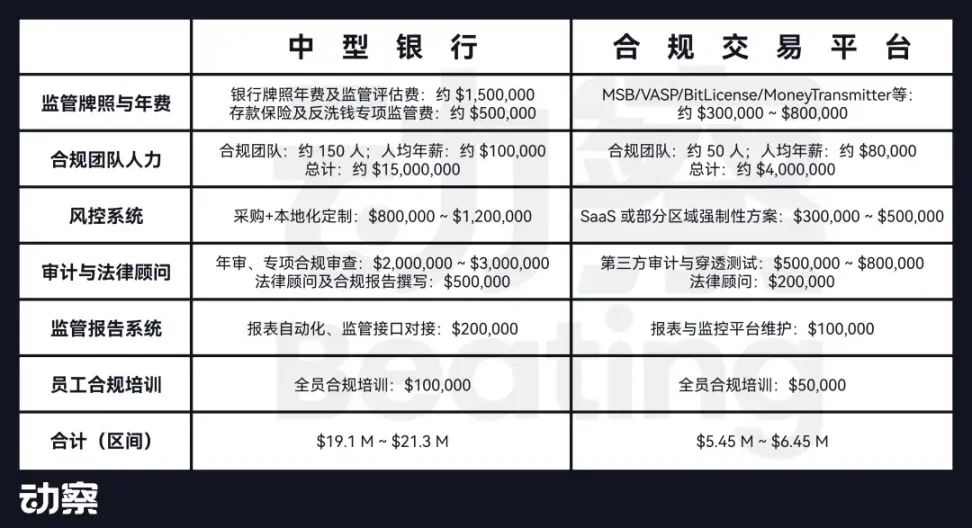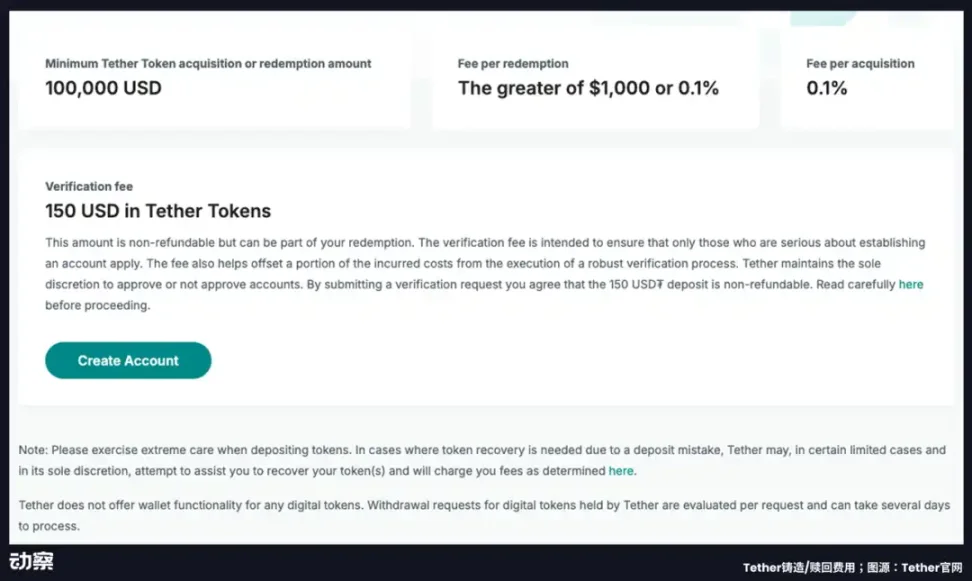Written by: BlockBeats
From investment banks on Wall Street to tech companies in the Bay Area, and from financial giants to payment platforms in Asia, more and more enterprises are eyeing the same business - stablecoin issuance.
With economies of scale, the marginal issuance cost for stablecoin issuers is zero, which looks like a risk-free arbitrage game in their eyes. Under the current global interest rate environment, the interest spread is incredibly attractive. Stablecoin issuers only need to deposit users' dollars into short-term US Treasury bonds, and they can easily earn billions of dollars annually through a stable 4-5% interest spread.
Tether and Circle have long proven this path viable, and with stablecoin regulations gradually being implemented in different regions, the compliance pathway has become clearer. More and more enterprises are eager to try, including FinTech giants like PayPal and Stripe. Not to mention that stablecoins naturally have the ability to integrate with payment, cross-border settlement, and even Web3 scenarios, with enormous imagination space.
Stablecoins have become a must-compete territory for global financial companies.
But the problem lies precisely here - many people only see the seemingly risk-free arbitrage logic of stablecoins, overlooking that this is a capital-intensive, high-threshold business.
How much would it cost for an enterprise to legally and compliantly issue a stablecoin?
This article will break down the real costs behind a stablecoin and tell you whether this seemingly simple arbitrage business is worth doing.
Accounts Behind Stablecoin Issuance
Many people perceive stablecoin issuance as simply creating an on-chain asset, which seems technically low-barrier.
However, truly launching a stablecoin with a compliant identity for global users involves an organizational structure and system requirements far more complex than imagined. It involves not only financial licenses and audits but also multi-dimensional heavy asset investments in fund custody, reserve management, system security, and continuous maintenance.
In terms of cost and complexity, the overall construction requirements are no less than those of a medium-sized bank or compliant trading platform.

The first threshold for stablecoin issuers is building a compliance system.
They often need to simultaneously address regulatory requirements across multiple jurisdictions, obtaining key licenses such as US MSB, New York BitLicense, EU MiCA, and Singapore VASP. Behind these licenses are detailed financial disclosures, anti-money laundering mechanisms, and ongoing monitoring and compliance reporting obligations.
Benchmarked against mid-sized banks with cross-border payment capabilities, stablecoin issuers often spend millions of dollars annually on compliance and legal expenses, just to meet basic cross-border operational qualifications.
[Translation continues...]In this context, Tether was born. It initially ran on the Omni protocol based on Bitcoin, with a simple and direct logic: users would wire US dollars to Tether's bank account, and Tether would then issue an equivalent amount of USDT on the chain.
This mechanism bypassed the traditional bank clearing system, allowing "US dollars" to circulate globally 24/7 for the first time.
Bitfinex was Tether's first important distribution node, and more importantly, both were actually operated by the same group of people. This deeply intertwined structure allowed USDT to quickly gain liquidity and use cases in its early stages. Tether provided Bitfinex with a compliance-blurry but efficient US dollar channel. They colluded, had symmetric information, and shared aligned interests.
From a technical perspective, Tether is not complex, but it solved the pain points of crypto traders' fund entry and exit, which was key to its early user mindshare.
In 2015, with capital market volatility intensifying, USDT's appeal rapidly expanded. Users from non-US regions began seeking US dollar alternatives to circumvent capital controls, and Tether provided them with a "digital dollar" solution that required no account opening, no KYC, and was accessible anywhere with internet.
For many users, USDT was not just a tool, but a hedging mechanism.
The 2017 ICO boom was a critical moment for Tether's product-market fit. After ETH mainnet went online, ERC-20 projects exploded, trading platforms shifted to crypto asset trading pairs, and USDT immediately became the "US dollar substitute" in the Altcoin market. By using USDT, traders could freely move between platforms like Binance and Poloniex to complete transactions without repeatedly moving funds.
Interestingly, Tether never actively promoted itself.
Unlike other stablecoins that adopted subsidy strategies to expand market share in early stages, Tether never actively subsidized trading platforms or user service usage.
On the contrary, Tether charged a 0.1% fee for each minting and redemption, with a redemption minimum threshold of $100,000 and an additional 150 USDT verification fee.
For institutions hoping to directly access its system, this fee mechanism almost constituted a "reverse promotion" strategy. Because it wasn't selling a product, but setting standards. The cryptocurrency trading network had already been built around USDT, and any participant wanting to join this network must align with it.

After 2019, USDT had almost become synonymous with "on-chain US dollars". Despite repeated regulatory investigations, media doubts, and reserve controversies, USDT's market share and circulation continued to rise.
By 2023, USDT had become the most widely used stablecoin in non-US markets, especially in Global South countries. Particularly in high-inflation regions like Argentina, Nigeria, Turkey, and Ukraine, USDT was used for wage settlements, international remittances, and even replacing local currencies.
Tether's true moat was never the code, nor asset transparency, but the trust pathway and distribution network it established in the Chinese-language crypto trading community. This network started in Hong Kong, used the Greater China region as a springboard, and gradually extended to the entire non-Western world.
This "first-mover becomes the standard" advantage meant Tether no longer needed to prove who it was; instead, the market had to adapt to its already established circulation system.
2、Why Circle Depends on Coinbase
Unlike Tether's natural growth in gray areas, USDC was designed from the beginning as a standardized, institutionalized financial product.
In 2018, Circle and Coinbase jointly launched USDC, aiming to build an "on-chain US dollar" system for institutions and mainstream users within a compliant and controllable framework. To ensure governance neutrality and technical collaboration, both parties held 50% stakes, establishing a joint venture called Center, responsible for USDC's governance, issuance, and operations.
However, this joint governance model could not solve the key problem - how would USDC truly circulate?







